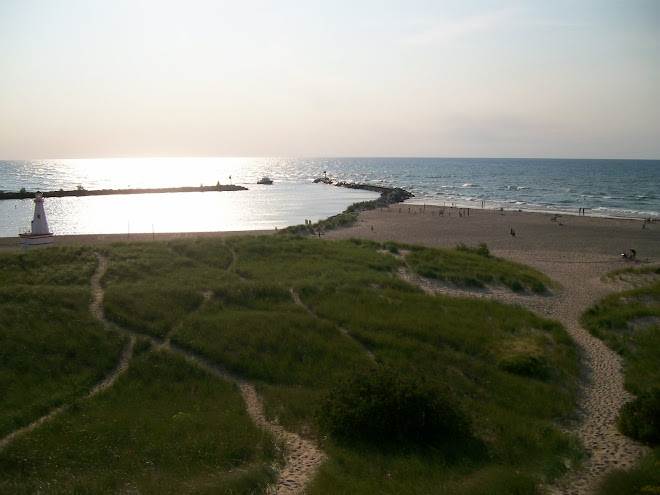Has there ever been anyone funnier in film than Edward
Everett Horton? I first met him, or met his voice that is, early
on – he was the narrator of the Fractured
Fairy Tales series that was a regular part of the animated Rocky and Bullwinkle Show. Growing older I’ve come to enjoy his every film
appearance. He excelled in playing cheerful
though slightly befuddled and often exasperated characters and was a master of the delayed double-take. Three favorites: Holiday, Springtime in the Rockies, and Arsenic and Old Lace.
Then there are his Astaire/Rogers
pictures, three of the best, in which he practically steals every scene he’s
in: The Gay Divorcee, Top Hat, and Shall We Dance. His scenes with the daffy, screwball Alice
Brady in The Gay Divorcee are alone worth
the price of admission, and as a bonus he has the Let's K-nock K-nees dance number with Betty Grable no less. The Gay
Divorcee, incidentally, features the then new song The Continental in a 20-minute song and dance extravaganza (here's a part); it
later won the very first Academy Award for best original song, back in the good old
days when such awards were merit-based. His scenes (link; link) with Eric Blore are priceless.
Per Wikipedia, the New York Times, and other sources, Horton was born one hundred thirty years ago
today in Brooklyn to parents of Scottish extraction. Horton’s grandfather was writer Edward Everett Hale, who was
a nephew of Edward Everett, the orator and statesman, and a grandnephew of
Nathan Hale, the martyred spy of the American Revolution. He attended college for a while at Oberlin, until, showing an early
theatrical bent, he was “asked to leave” after climbing to the top of a
building, and after gathering a crowd below, threw off a dummy the audience
mistook for him. He moved back to New York City, attended Columbia University for a time, and began his performing career in acting and singing.
After finding success in Hollywood, he bought 23 acres of land in the Encino section of Los Angeles and established a compound of houses where he, his mother, his sister, and his brother lived with their families. He was an avid antique collector, acquiring a valuable collection over the years. Horton died in Encino in 1970 at the age of 84 and is buried in Forest Lawn, the cemetery of the stars. His work, fortunately for us, lives on.
He started in silent pictures in 1918, and from then on was based on the West Coast. His first
talkie was the 1931 version of The Front
Page. He was an entrepreneur as well
– he would lease a theater and produce a play in which he would star; in 1932 he
leased the Hollywood Playhouse for a year and put on Springtime for Henry, in which over
his lifetime he would appear more than 3,000 times.
From all this he earned enough to spring for a summer home on Lake
George in the Adirondacks in upstate New York.
After finding success in Hollywood, he bought 23 acres of land in the Encino section of Los Angeles and established a compound of houses where he, his mother, his sister, and his brother lived with their families. He was an avid antique collector, acquiring a valuable collection over the years. Horton died in Encino in 1970 at the age of 84 and is buried in Forest Lawn, the cemetery of the stars. His work, fortunately for us, lives on.
R Balsamo





No comments:
Post a Comment